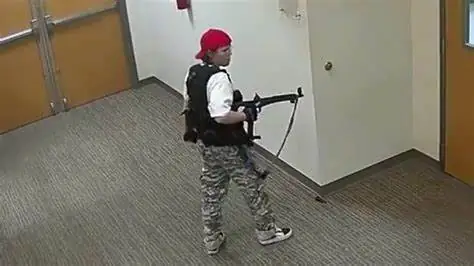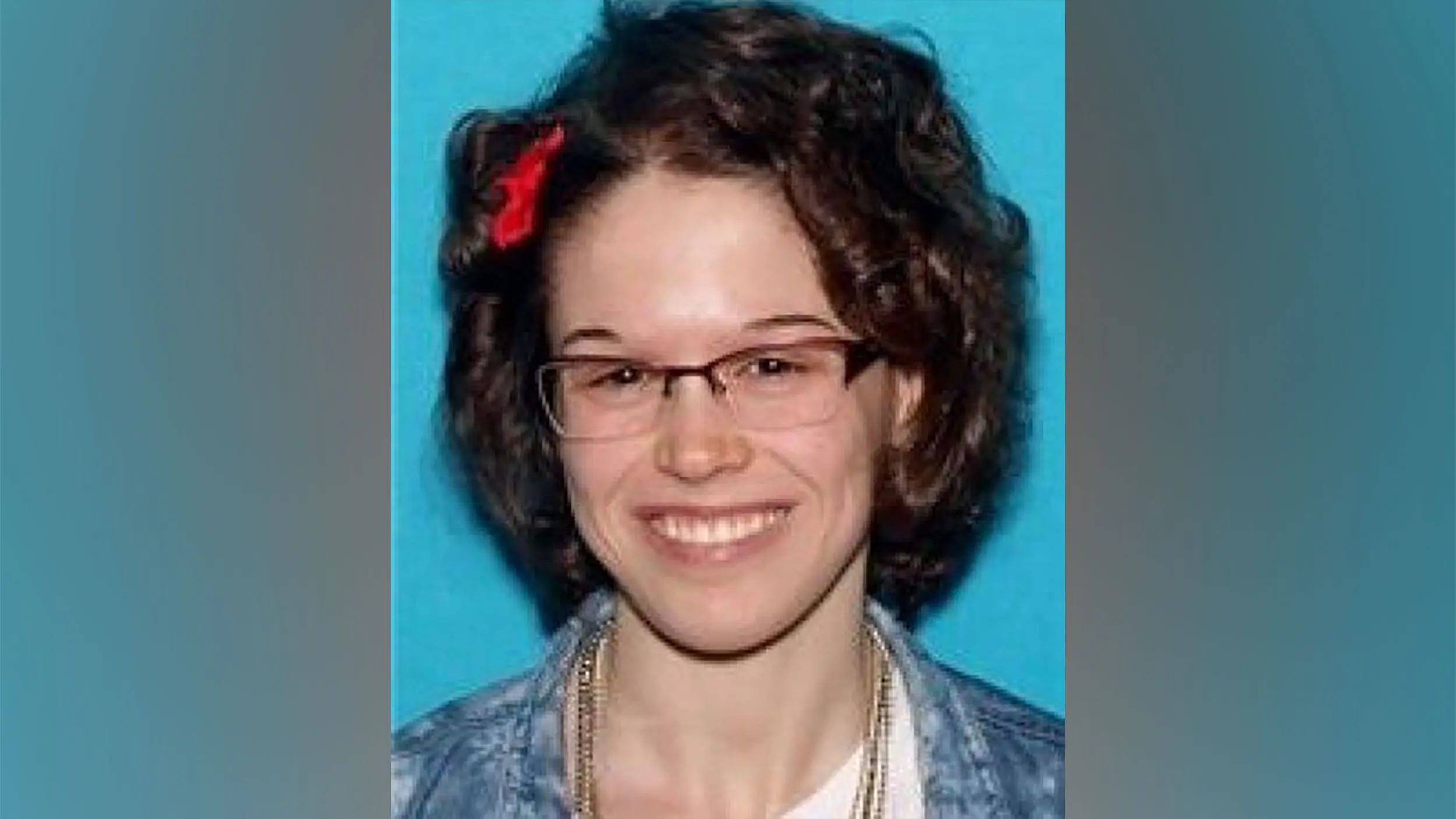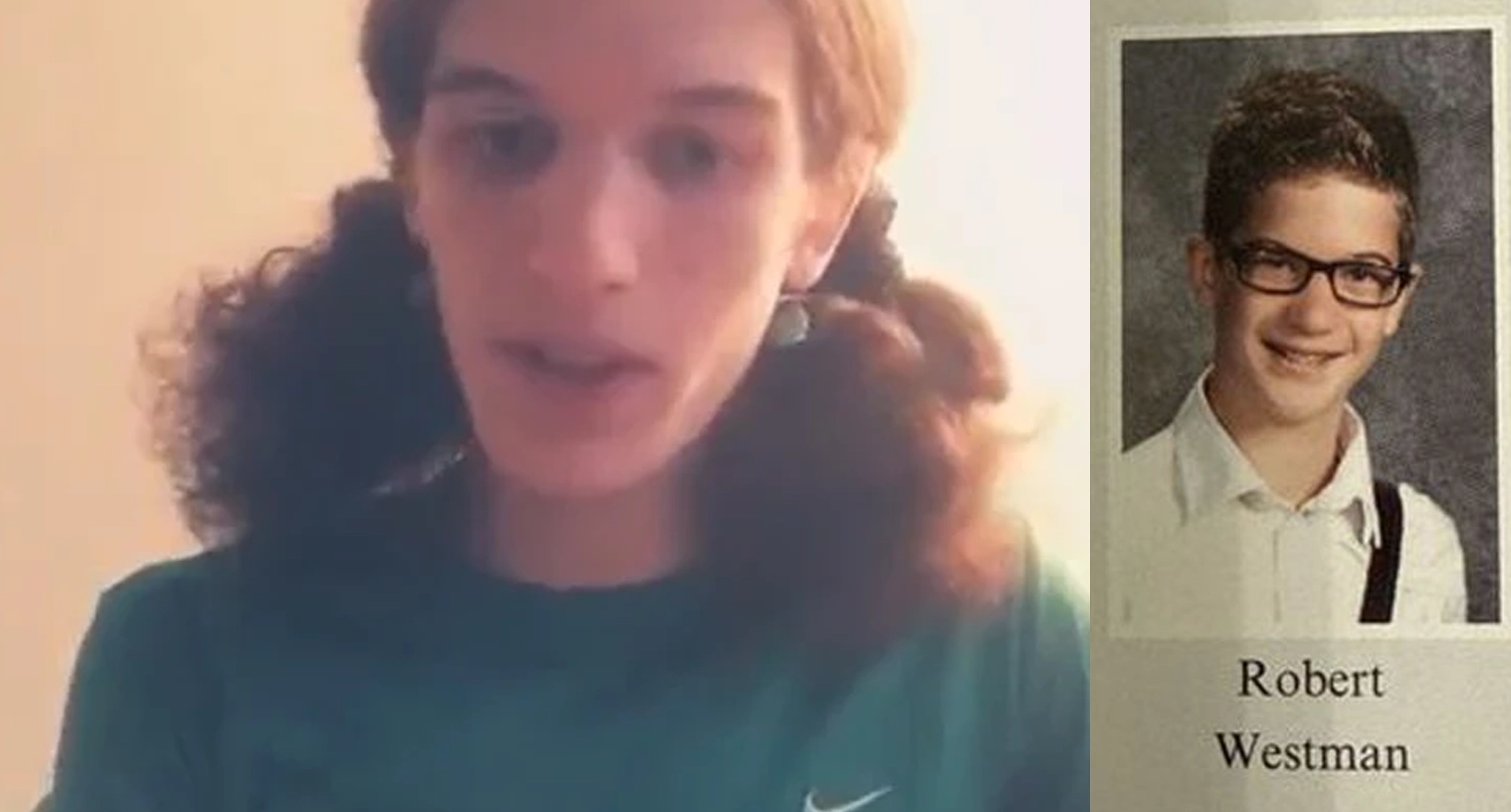Transgender and nonbinary perpetrators in U.S. mass shootings confirmed by authorities
Minneapolis, MN — A disturbing new trend is emerging in America: transgender mass shooters. It’s no longer just straight men with guns, as recent horrific events are exposing a new demographic in mass shootings.
The shooting at Annunciation Catholic Church and School on Tuesday, which killed two children and injured 17 others, has drawn renewed attention to recent cases where perpetrators of mass shootings in the United States have been confirmed as transgender or nonbinary. Authorities identified the gunman as 22-year-old Robin Westman, who died at the scene from a self-inflicted gunshot wound.
Investigators confirmed through public records and online writings that Westman identified as a transgender woman.
A manifesto recovered by law enforcement referenced past mass shootings and included statements about high-profile perpetrators such as Adam Lanza, who carried out the Sandy Hook massacre. Officials also said Westman had posted videos and writings online that revealed fascination with previous attacks and contained political and religious rhetoric.
During the assault, which took place during a school prayer service, Westman opened fire on students and staff before being confronted by police. Weapons recovered at the scene included firearms marked with written slogans referencing political figures, religion, and international conflicts. Authorities confirmed these markings but did not comment on their broader significance as the investigation continues.
According to federal definitions, mass shootings involve four or more people shot, excluding the perpetrator. The FBI and databases maintained by The Violence Project and the Gun Violence Archive confirm that nearly all U.S. mass shootings are committed by cisgender men. Cases involving individuals who identified as transgender or nonbinary account for less than 1% of recorded incidents.
Confirmed cases (2022–2025)
- Colorado Springs, CO (November 19, 2022): Anderson Lee Aldrich, 22, identified as nonbinary in court filings. Armed with an AR-15-style rifle and a handgun, Aldrich killed five people and injured 19 at Club Q nightclub. Aldrich pleaded guilty to federal hate crime and murder charges.
- Nashville, TN (March 27, 2023): Audrey Hale, 28, identified as transgender (female-to-male). Hale fatally shot six people at The Covenant School before being killed by police. A manifesto later revealed long-term planning and personal grievances.
- Perry, IA (January 4, 2024): Dylan Butler, 17, identified as genderfluid. Butler killed one student and injured seven others at Perry High School before dying by suicide. Investigators cited struggles with bullying and mental health.
- Minneapolis, MN (August 27, 2025): Robin Westman, 22, identified as transgender (male-to-female). Westman killed two children and wounded 17 others in a church school shooting before taking their own life. Online writings showed references to prior mass shooters and political messages.
- Madison, WI (December 16, 2024): 15-year-old Natalie Samantha Rupnow as transgender after a school shooting; officials later confirmed she was cisgender.

Suspected or disputed cases
Some incidents were falsely linked to transgender identities. In Houston, TX (February 11, 2024), initial online speculation claimed Lakewood Church shooter Genesse Moreno was transgender, but police confirmed she identified as female.
Broader context
Experts caution against drawing generalizations from these rare cases. Advocacy groups, including the Human Rights Campaign, emphasize that transgender and nonbinary people are statistically far more likely to be victims of violence than perpetrators. In 2023, at least 31 transgender or gender-expansive people were killed in the U.S., many in incidents identified as hate-related.

Researchers stress that preventive measures such as improved mental health care access, early intervention in cases of online threats, and firearm safety remain the most effective tools to reduce the risk of future tragedies.
——————————————————————————————
Key Points
- Authorities confirmed the Minneapolis school shooter identified as transgender, adding to a small list of rare cases in recent years
- Since 2022, four mass shootings in the U.S. have involved perpetrators confirmed as transgender or nonbinary, representing less than 1% of cases
- Experts stress transgender individuals are far more likely to be victims of violence than perpetrators, with misinformation often spreading online after shootings
Mass shootings by transgender or nonbinary individuals remain statistically rare despite receiving outsized public attention.
